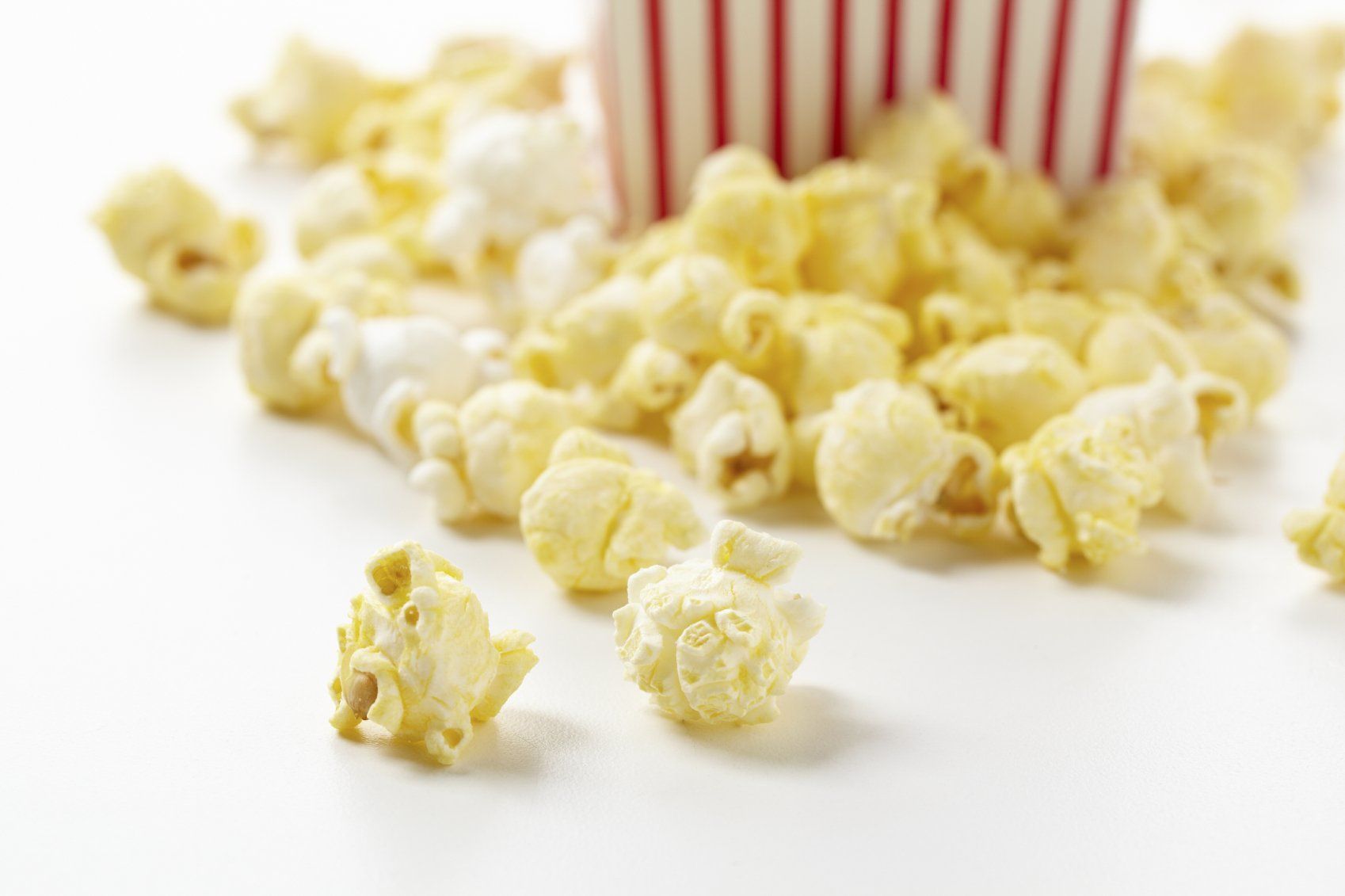4 Things You Need To Know About Pediatric Occupational Therapy
What Is Pediatric Occupational Therapy?
Question: What is Occupational Therapy?
Answer: In the world of pediatrics, an occupational therapist will assist a child (and their family) with the skills required to participate in the things they want and need to do through the use of therapeutic activities. Said succinctly, occupational therapist teach the skills necessary to complete daily tasks.
The 4 Ways an OT can Help You
1. Activities for Daily Living
Occupational therapists address the functional skills needed to perform daily tasks at school, home or in life in general. Examples include:
- Self-care tasks (dressing, tying shoes, toileting, brushing teeth, etc.)
- Visual-Motor skills (catching a ball, visually tracking an object)
- Transitions (in and out of tasks/places)
2. Behavior and Sensory Processing
Occupational therapy can help children that have difficulties processing sensory information in the environment.
Symptoms of Sensory Processing Difficulties often include:
- Difficulty learning new motor skills
- Clumsiness
- Over stimulated
- Seeks out sensations such different:
- Textures
- Noises
- Movements
- Tastes
Difficulties with processing sensory information can negatively impact all aspects of a child’s life such as attending in the classroom, tolerating different types of clothing, or playing sports with peers. Here at the Pediatric Movement Center our occupational therapy professionals are trained to identify the child’s individual sensory needs and use play activities to work on integrating these sensations for improved attention, behavior, self-regulation, confidence and independence with self-care activities.
3. Fine motor
Fine motor skills are the ability to make movements using the small muscles in your hands, fingers, and wrists. Kids rely on these skills to do key tasks in school and in everyday life. Examples of this skill include (but are not limited to):
- Handwriting
- Using a toothbrush
- Using scissors
Our occupational therapists at the Pediatric Movement Center can help kids improve fine motor skills through play and exercise, as well as provide you and your child with tips and tricks to assist at home and in school.
4. Play skills
Play is the main occupation (job) of a child! Occupational Therapists help children learn how to explore their environment through movement, and touch. This "play" enhances life skills and learning opportunities. Below are skills that children can children can learn and develop through play!
- Motor Skills
- Reaching Developmental Milestones
- Social Skills
- Life Skills
Shout out to our wondering occupational therapy team! Here at the Pediatric Movement Center, we are blessed to have THE BEST staff around. If you have any questions about if occupational therapy can help you, please call a member of our team at 301-739-5437. We've also made a quick OT reference guide HERE for you!









